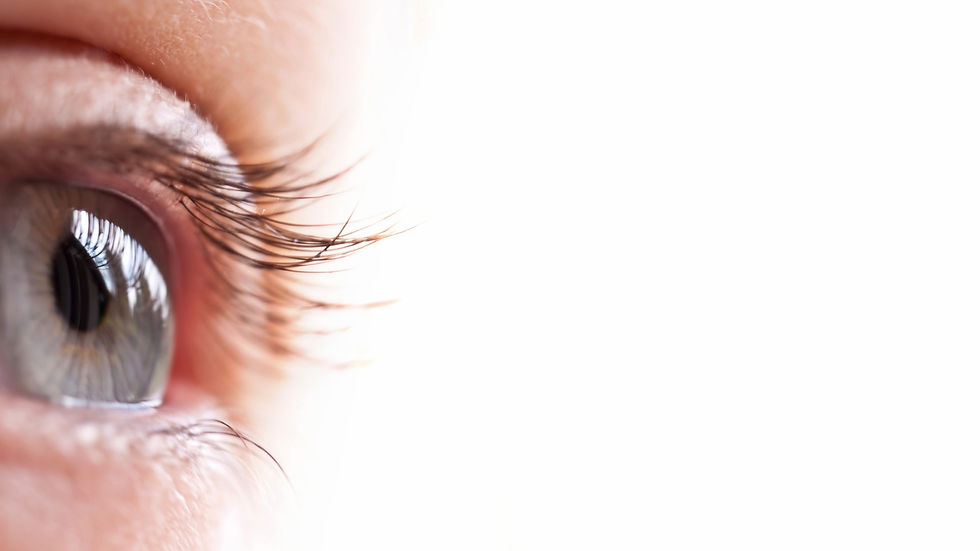Surgical methods
Laser eye surgery, also known as refractive surgery, is a procedure used to correct vision defects such as nearsightedness, farsightedness and astigmatism. This outpatient procedure uses an excimer laser to precisely reshape the tissue of the cornea, allowing light beams to be better focused. The goal is to achieve improved visual acuity without the need for glasses or contact lenses. Most patients experience a rapid recovery and can resume daily activities within a few days of the procedure. However, careful preliminary examination and advice from an experienced ophthalmologist is crucial to ensure that the procedure is suitable for the individual patient.
LASIK
LASIK, an acronym for “laser-assisted in situ keratomileusis,” is a popular form of laser eye surgery used to correct vision defects. This procedure first prepares the top layer of the cornea and then uses an excimer laser to precisely reshape the underlying tissue. This allows for improved refractive power of the eye, resulting in clearer vision. One of the main benefits of LASIK is rapid recovery and often immediate improvement in vision. However, it is important that patients have a thorough preliminary examination before the procedure to ensure that they are suitable for the procedure.
SMILE
SMILE stands for “Small Incision Lenticule Extraction” and is a modern form of laser eye surgery to correct visual defects such as myopia. The SMILE procedure uses a femtosecond laser to form a thin, lens-shaped layer of tissue inside the cornea, which is then removed to change the eye's refractive power. Compared to other procedures, SMILE is minimally invasive as only a small incision of approximately 2 to 4 mm is required. This results in a quick recovery and often a reduced risk of post-procedure dryness. SMILE is often recommended as a comfortable and effective option for correcting vision defects, especially for patients with thinner corneas.
FAQ laser eye surgery
Here are some questions that others have also asked themselves. If you have any further questions and more specific answers, we are of course available to help you.

What is laser eye surgery?
Laser eye surgery is a procedure to correct vision defects such as nearsightedness, farsightedness and astigmatism. It uses a laser to precisely change the shape of the cornea to correct the eye's refractive power and thus achieve improved visual acuity.
What are the risks and complications of laser eye surgery?
Although laser eye surgery is generally safe, there are some risks and complications, including dry eyes, glare, halos around light sources, infections, and inadequate vision correction. It is important that patients discuss the potential risks with their ophthalmologist and clarify any questions before the procedure.
What types of laser eye surgery are there?
There are several types of laser eye surgery, including LASIK (laser in situ keratomileusis), PRK (photorefractive keratectomy), SMILE (small incision lenticule extraction), and LASEK (laser epithelial keratomileusis). Each method has its own advantages and disadvantages, and the choice depends on individual factors such as the thickness of the cornea and the type of visual defect.
Who are suitable candidates for laser eye surgery?
Suitable candidates for laser eye surgery are typically adults with stable vision defects who meet certain criteria. This primarily includes sufficient thickness of the cornea, as the laser removes part of the cornea in order to correct the refractive power of the eye. Stable vision is also important as vision defects such as nearsightedness or farsightedness should be stable for a long period of time before surgery is considered.
Furthermore, potential candidates should not have any contraindications, such as eye diseases (e.g. keratoconus or glaucoma), which could increase the risk of complications.

.jpg)